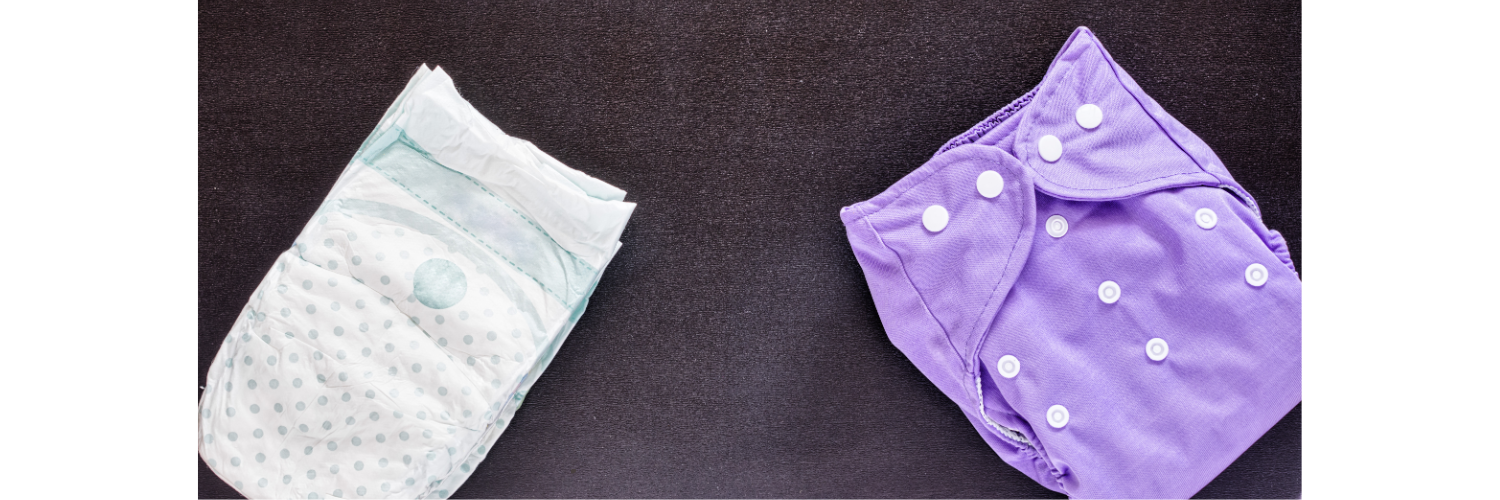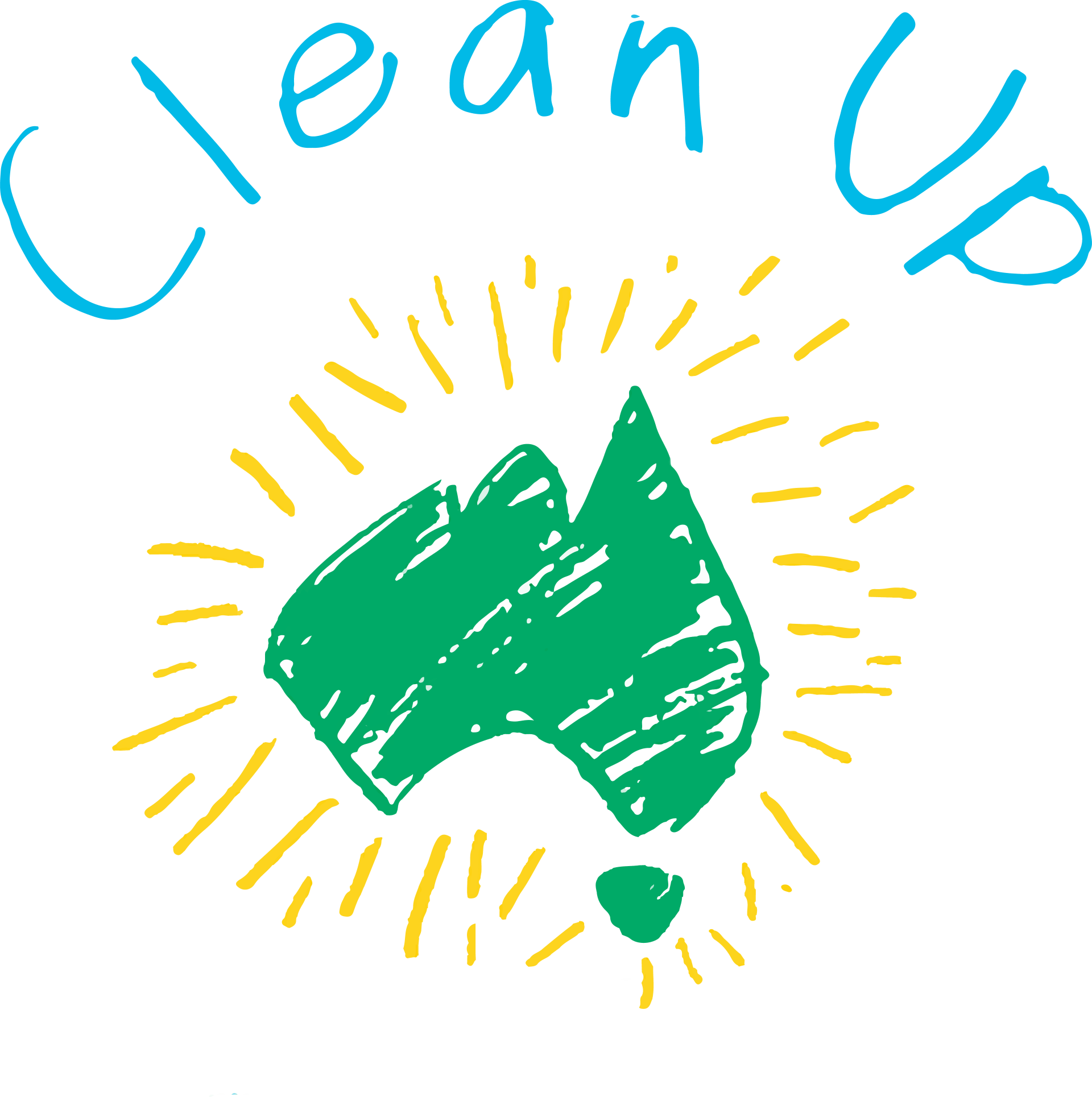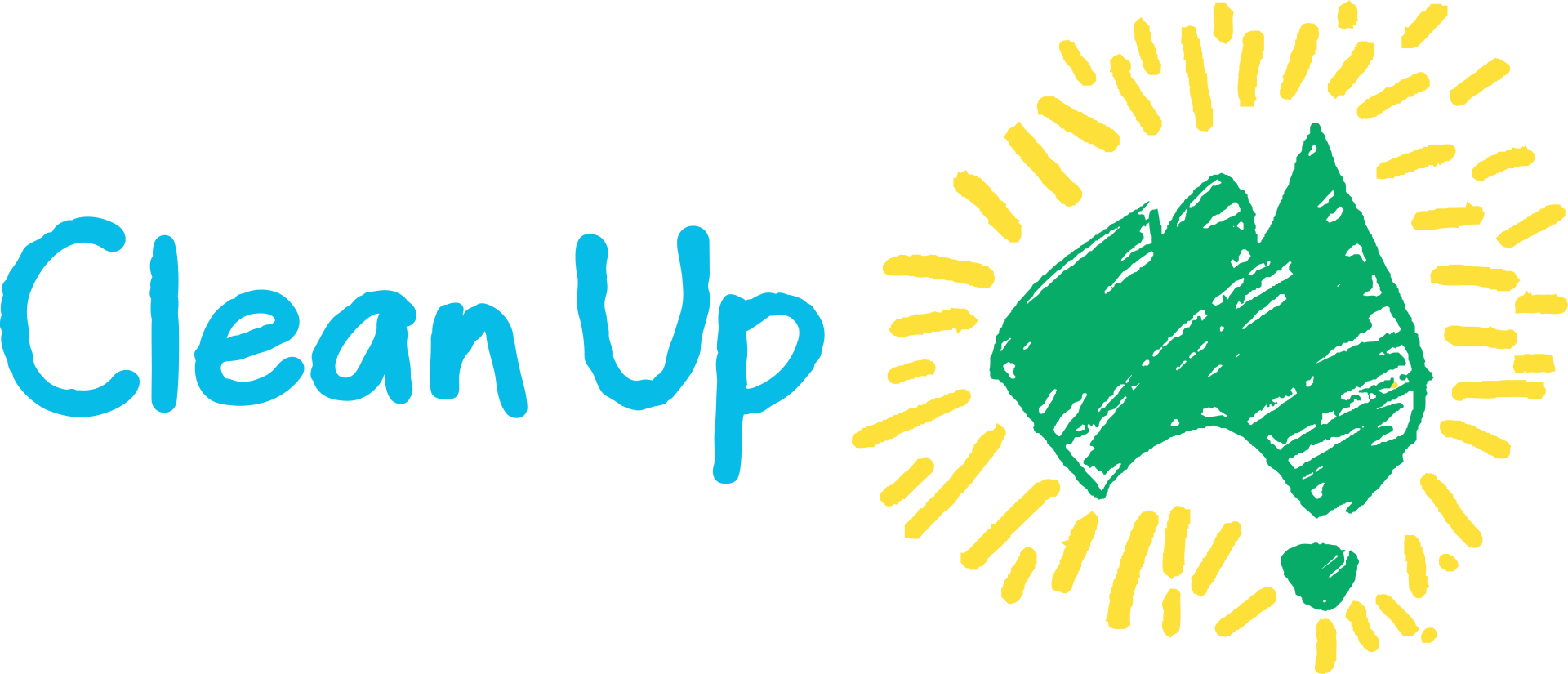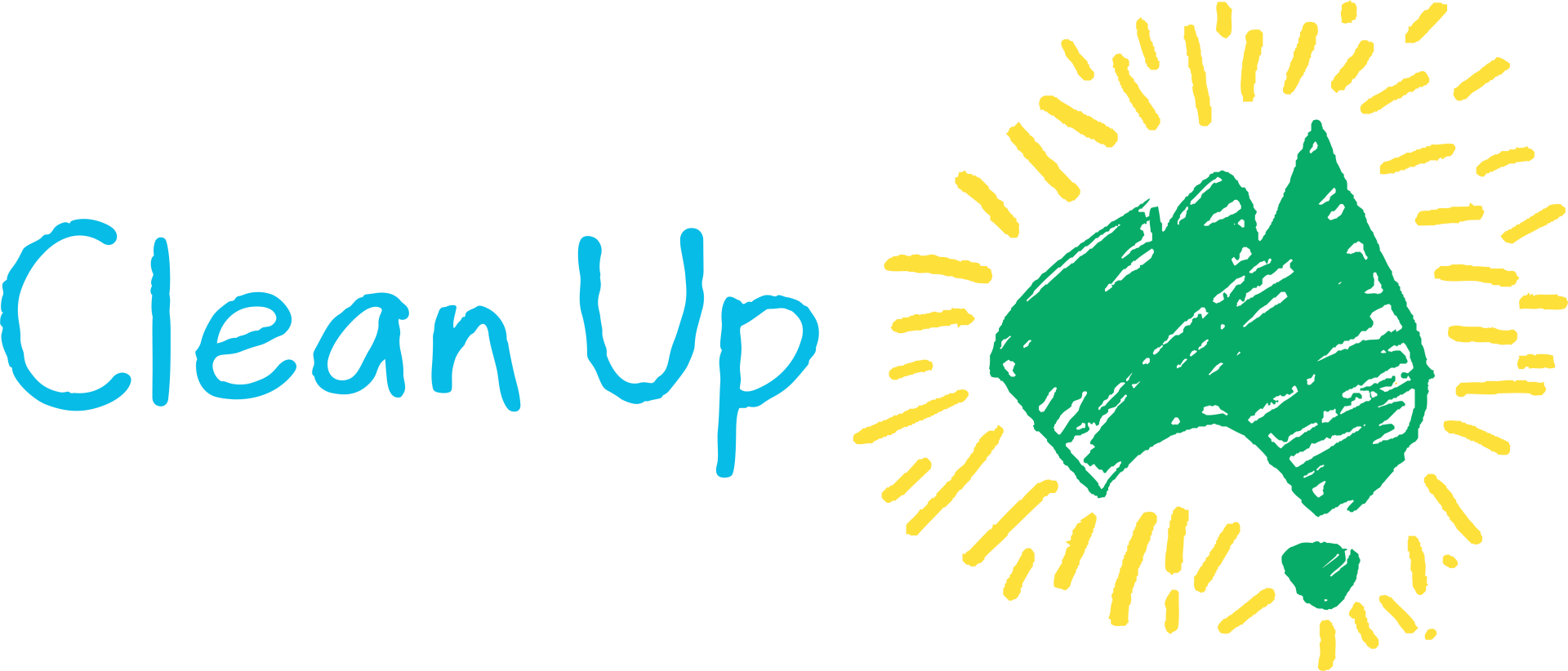Reducing landfill waste by using cloth nappies
You might be used to the convenience of disposable nappies, but modern cloth reusable nappies can have less impact on the environment compared to disposable nappies, while also saving you money.

According to Choice, babies and toddlers use approximately 6,000 disposable nappies from birth to toilet training. In comparison, a set of cloth nappies is around 25-40 nappies. Disposable nappies take around 150 years to decompose while leaching plastic particles into the earth. They’re also likely to be sold packaged in soft plastics which, depending on where you live, may not be recycled.
Clean Cloth Nappies is an Australian independent provider of educational resources about using cloth nappies. Anastasia Michailov, a founding member of Clean Cloth Nappies and an environmental scientist, believes that using cloth nappies reduces landfill waste. “Using cloth nappies reduces the problems of landfill availability, greenhouse gas emissions from decomposing landfills, site contamination and the potential for groundwater pollution,” she said.
Just how many nappies can you prevent from going to landfill? There’s a calculator on the Clean Cloth Nappies website, which will tell you the difference you can make by choosing cloth nappies instead of disposable nappies. As a bonus, this calculator also tells you how much money you would have spent on disposable nappies. For a more detailed understanding about potential savings, you’ll need to consider the upfront cost of cloth nappies (depending on whether you buy them new or second-hand) and the ongoing costs for using electricity, detergent and water to clean and dry them.
In a recent study into the life cycle of disposable and cloth nappies in the UK, it was found that cloth nappies have a lower carbon footprint than disposable nappies. However, this study also concluded that cloth nappies had a higher impact than disposable nappies across some other environmental factors due to the electricity required for washing and drying, the water used by the washing machine and toilet (to flush the poo!), and the treatment of the wastewater.
With this in mind, there are things you can do to reduce your environmental impact when you choose to use cloth nappies. Here are some ways to reduce the environmental impact, according to Anastasia Michailov at Clean Cloth Nappies:
Cloth nappy manufacturing
- Use second-hand cloth nappies.
- Use the same cloth nappies for all of your children and/or pass them onto to be used by other children.
- Recycle or compost the nappy when it can no longer be used. You can recycle them through cloth nappy recycling programs, such as Itti Bitti, or the natural fibre inserts could be composted in your own yard.
- Extend the lifespan of cloth nappies by removing stains, smells and soiling.
Laundering cloth nappies
- Use water- and energy-efficient appliances. For example, a front loader washing machine uses substantially less water than a top loader.
- Line dry if possible.
- The most effective way to wash cloth nappies are long cotton cycles.
- Use diluted chlorine bleach to remove any stains which allows you to wash at a lower water temperature and therefore reduces energy use.
- If possible, use renewable energy for your washing machine and hot water.
- Wash the nappies at night or during off-peak times.
Clean Cloth Nappies provides resources and support when using cloth nappies via their Facebook group and website.
If you’re interested in trying cloth nappies but want to make sure you’re able to commit to using them before buying a full set, you could try them first by doing any of the following: buying a trial pack from a cloth nappy retailer, borrowing some from a friend, renting from a cloth nappy library, or picking up some second-hand.
Using cloth nappies instead of disposable nappies can reduce nappy waste – including soft plastics – going to landfill. You can reduce the environmental impact of cloth nappies at the point of purchase and how you clean them. Further, you may be able to save money if you use cloth nappies instead of disposable nappies.
Dani Smith is a Freelance Writer and Insights Consultant and mother of two. She's curious about finding ways to reduce waste at home.
Search for other blog topics:


